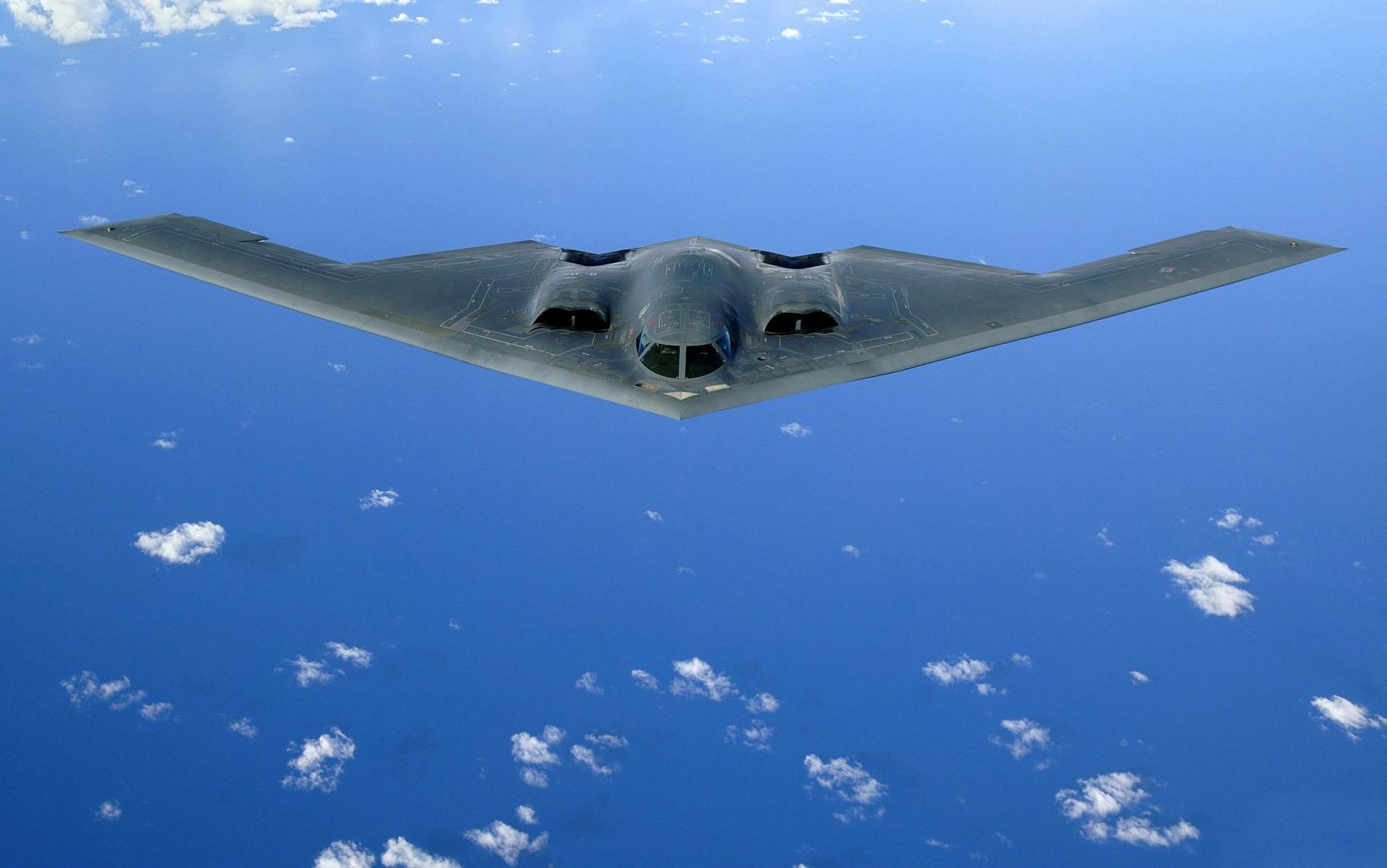GBU-57 Massive Ordnance Penetrato: Debrief on Its Role in Modern Warfare
The GBU-57 Massive Ordnance Penetrator (MOP), a 30,000-pound beast of a bomb, made waves in June 2025 when it was used in Operation Midnight Hammer to hit Iran’s nuclear sites. Built by Boeing for the U.S. Air Force, this bunker-busting bomb is designed to smash through deep, fortified targets like nobody’s business. Here’s the lowdown on what makes the MOP a big deal and how it’s shaking up modern warfare.

Operation Midnight Hammer
In June 2025, the U.S. sent seven B-2 bombers from Missouri on a 30-hour mission to hit Iran’s Fordow, Natanz, and Isfahan nuclear facilities. They dropped 14 MOPs, with 12 targeting Fordow’s ventilation shafts (buried 80-90 meters under a mountain) and two hitting Natanz. The plan was to pound the same spots to dig deeper into the rock. The strikes did serious damage but didn’t fully knock out Fordow’s super-deep setup, slowing Iran’s nuclear program by months, not years.
Massive Ordnance Penetrator
The MOP’s ability to hit targets like Fordow, once thought untouchable, forces nations to rethink underground defenses. It delivers precise, non-nuclear strikes, reducing collateral damage compared to nuclear options, though hitting nuclear sites risks radioactive leaks. Paired with the B-2’s stealth, the MOP enables global strikes, boosting U.S. military deterrence. Its debut drives adversaries like China to develop better bunkers or bombs, fueling a race in bunker-busting technology.
Fordow’s extreme depth and strong concrete tested the MOP’s penetration limits, showing it may struggle against ultra-fortified targets. The U.S. has only about 20 MOPs, and their high cost limits production. The bomb’s reliance on the B-2 bomber restricts its use, though future platforms like the B-21 Raider may change that. Striking nuclear sites also risks releasing radiation, raising geopolitical and environmental concerns.
Where It’s Not Perfect
Fordow’s extreme depth and strong concrete tested the MOP’s penetration limits, showing struggles against ultra-fortified targets. The U.S. has only about 20 MOPs, and their high cost limits production. Reliance on the B-2 bomber restricts use, though future platforms like the B-21 Raider may expand options. Striking nuclear sites risks releasing radiation, stirring geopolitical and environmental issues.
Future Technology
The MOP’s debut sparked interest in new bunker-busting bombs, like the GBU-72/B for F-35s. Adversaries may build deeper bunkers or disperse assets to counter it. The 2025 strikes showed the U.S.’s unique edge, as Israel relied on American support to hit Fordow, shaping alliances and global military strategy.
The GBU-57 MOP proved its chops in Operation Midnight Hammer, hammering Iran’s nuclear sites. It’s forcing nations to rethink bunker designs and driving advances in bunker-busting bomb technology for targeting fortified nuclear facilities in modern warfare. Despite its limits and risks, the MOP is a heavyweight in modern warfare. For more on GBU-57 Massive Ordnance Penetrator updates, trusted defense news sources have the latest.
Air Force Technology. “GBU-57A/B Massive Ordnance Penetrator.” airforce-technology.com
Federation of American Scientists. (2015). “GBU-57A/B MOP.” fas.org
Congressional Research Service. (2014). “U.S. Air Force Bomber Programs.” crsreports.congress.gov
Arms Control Association. (2023). “Iran’s Nuclear Program.” armscontrol.org
The National Interest. (2020). “GBU-57 MOP: America’s Bunker Buster.” nationalinterest.org
